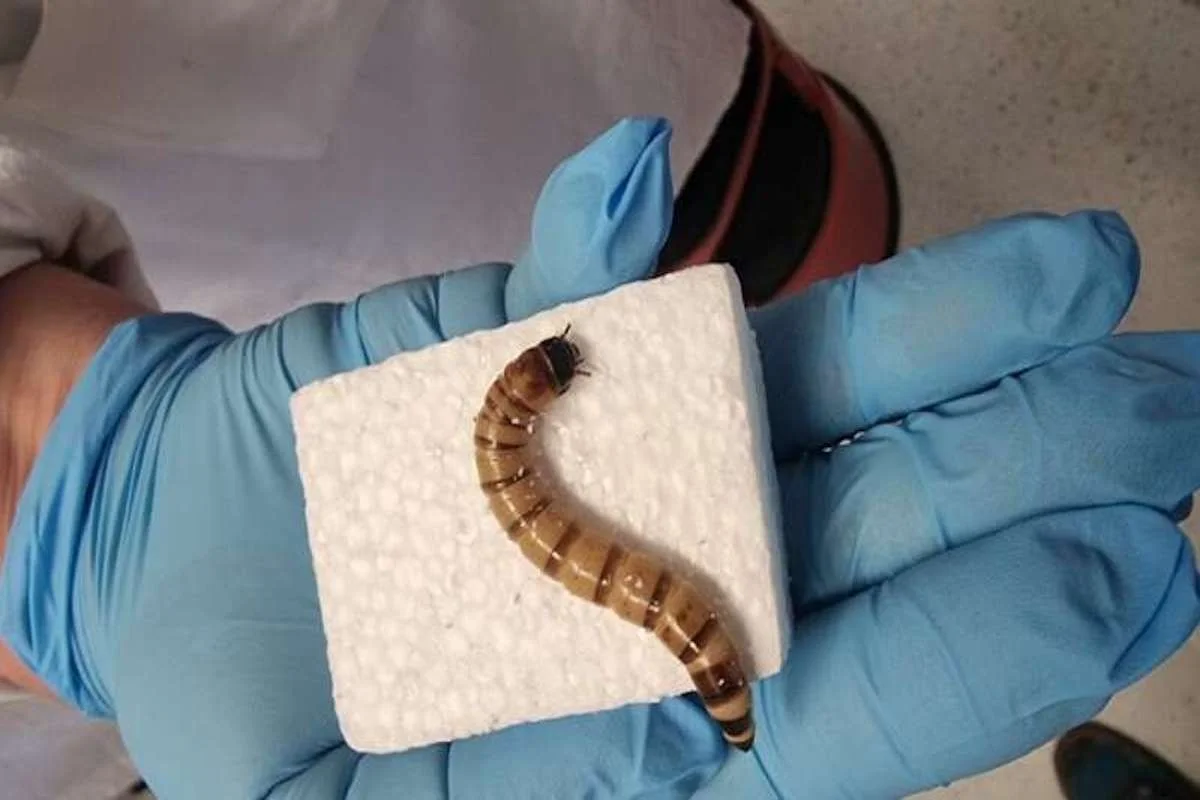Plastic-Eating Superworms to the Rescue
We’ve known for a few years that the larvae of certain beetle species can eat plastic, giving hope to the idea that the world’s waste problem might have a (quasi) natural solution. Now researchers in Australia believe they have identified the garbage-eating gut bacteria that makes this gastronomic feat possible. Their research appears in Microbial Genomics.
The University of Queensland team fed Zophobas morio – commonly known as a superworm – nothing but polystyrene, and found that while they didn’t actually thrive, they did survive. Some even gained a little weight. More importantly, the researchers identified a number of enzymes in the superworm's gut that have the ability to degrade polystyrene and styrene.
“Superworms are like mini recycling plants, shredding the polystyrene with their mouths and then feeding it to the bacteria in their gut,” one of the study’s authors, Chris Rinke, told the BBC.
The findings do not mean we’ll be seeing giant superworm farms adjacent to recycling centers anytime soon. But the researchers believe the most effective plastic-digesting enzyme can be identified and perhaps reproduced at a scale sufficient to take a bite out of the plastic problem we’ve created.
We could stop using so much plastic – or even ban single-use plastics altogether – but that would be too inconvenient. We probably need a superworm to save us.
Photo credit: phys.org







